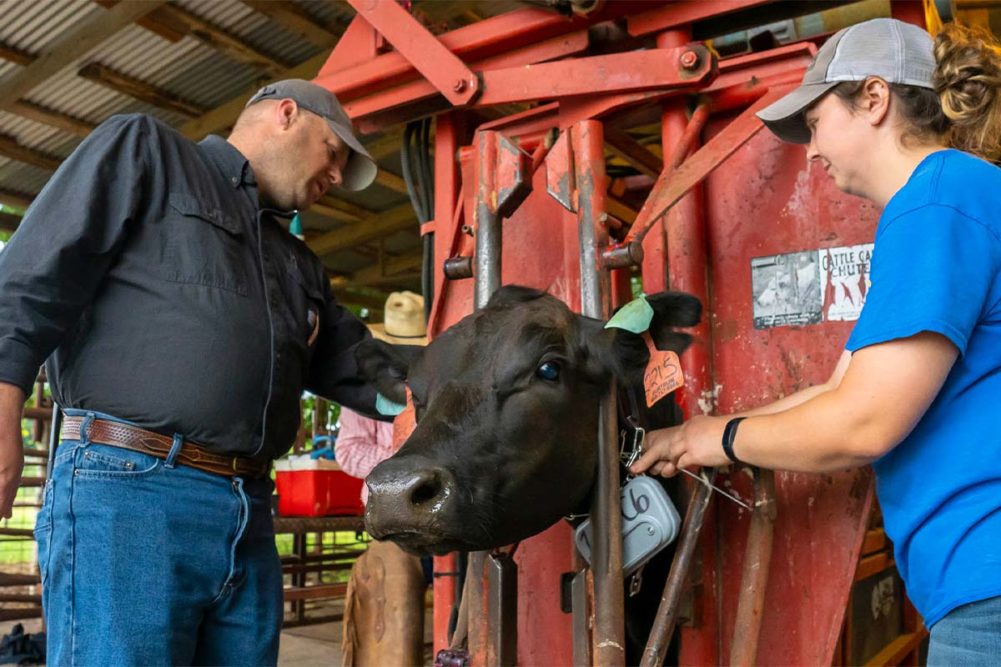STILLWATER, OKLA. — The US Department of Agriculture-Natural Resources Conservation Service granted $1.4 million to Oklahoma State University (OSU) for research on virtual fencing technology.
Through an $800,000 grant from the Environmental Protection Agency, OSU began research on cattle grazing patterns by implementing GPS-enabled collars last year.
“We’re looking at how managed grazing with virtual fencing can improve grazing distribution, pasture biodiversity and productivity, and wildlife and pollinator habitat,” said Ryan Reuter, professor of range beef cattle nutrition in the OSU Department of Animal and Food Sciences.
The collars allow producers to know where individual cows are and to set restrictions on where cattle can graze. If a cow crosses the designated grazing area, the collars will emit two auditory cues before releasing a small shock.
In a 2019 pilot project, the equipment produced a 99% success rate at keeping cattle out of a specified zone.
“I am eager to see if the costs and the analytics prove this to be a viable tool for cow-calf producers,” said Clay Burtrum, owner of Burtrum Cattle, a private ranch participant for the project. “Technology like this allows me to move my herd from wherever I am, and that could be very beneficial to producers, especially if they are like me and have a day job in town in addition to managing a cattle operation.”
“This virtual fencing system is probably going to go commercial within the three years we’re doing this project,” Reuter said. “There will be a lot of producers interested in applying it and who will have questions about it, so we will likely keep it as part of the management system at our research ranch so we can answer questions producers have about it.”


